The art of designing a home in India extends far beyond mere functionality. It’s a harmonious blend of aesthetics, culture, traditions, and modern lifestyles. Indian home designs have evolved over centuries, incorporating rich architectural heritage while adapting to contemporary needs. In this blog, we’ll explore the delicate balance between aesthetics and functionality in Indian home designs.
Understanding the Essence of Indian Home Designs
Indian homes are a reflection of the country’s diverse culture and traditions. They encapsulate the principles of Vastu Shastra, which emphasize harmony with nature, proper space utilization, and positive energy flow. At the same time, they must cater to the practical demands of daily life.
The Fusion of Aesthetics and Functionality
1. Traditional Elements with a Modern Twist:
Indian home designs often integrate traditional architectural elements such as courtyards, verandas, and intricate woodwork. These elements are reimagined with modern materials and technologies to ensure functionality while preserving cultural aesthetics.
2. Natural Light and Ventilation:
Aesthetic window designs and well-placed openings allow ample natural light and ventilation. This not only enhances the visual appeal but also contributes to energy efficiency and comfort.
3. Furniture and Décor:
Indian homes are known for their elegant furniture, textiles, and decor items. Balancing functionality with aesthetics means choosing furniture that is not only beautiful but also comfortable and space-efficient. Handcrafted pieces add a touch of authenticity.
4. Color Palette:
The choice of colors is crucial in Indian home designs. Rich and vibrant hues are often used on accent walls, textiles, and artwork, while more neutral tones dominate larger surfaces. This balance creates a visually pleasing environment.
5. Space Optimization:
The choice of colors is crucial in Indian home designs. Rich and vibrant hues are often used on accent walls, textiles, and artwork, while more neutral tones dominate larger surfaces. This balance creates a visually pleasing environment.
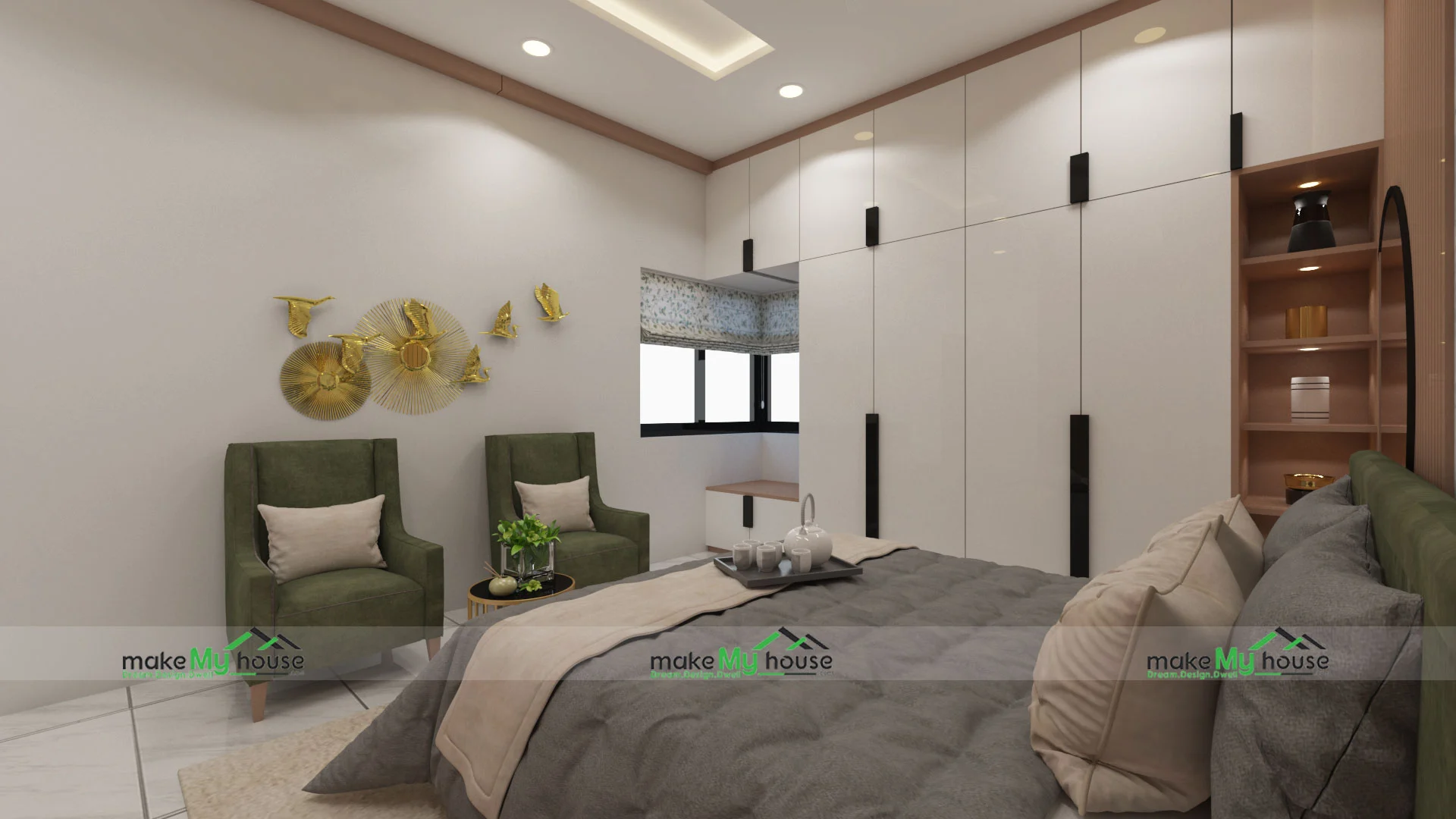
With the increasing scarcity of space, functionality is paramount. Innovative storage solutions like built-in cabinets, under-bed storage, and modular furniture help maintain a clutter-free look.
The Role of Vastu Shastra
Vastu Shastra is deeply embedded in Indian home designs. It guides the layout, orientation, and positioning of various elements within a home. While adhering to Vastu principles can be challenging, it ensures that the space not only looks appealing but also promotes positive energy and well-being.
Contemporary Trends in Indian Home Designs
As lifestyles evolve, so do design trends. Modern Indian homes are embracing minimalism and open-concept layouts. This means cleaner lines, uncluttered spaces, and a focus on functionality. However, designers are careful not to sacrifice the essence of Indian aesthetics.
Sustainable Living
The growing awareness of environmental concerns has led to a surge in sustainable home design in India. Green building materials, rainwater harvesting systems, solar panels, and energy-efficient appliances are seamlessly integrated into the design, showing that functionality can align with eco-conscious aesthetics.
Balancing aesthetics and functionality in Indian home designs is an art form that continues to thrive. It’s about preserving the cultural and traditional richness of Indian architecture while adapting to the demands of contemporary living. Whether it’s the intricate carvings on a wooden door, the soothing colors of a bedroom, or the clever use of space in a small apartment, Indian home designs exemplify the beauty of balance. As we move forward, this balance will continue to evolve, creating homes that are not only visually stunning but also comfortable, practical, and deeply connected to the soul of India’s design heritage.
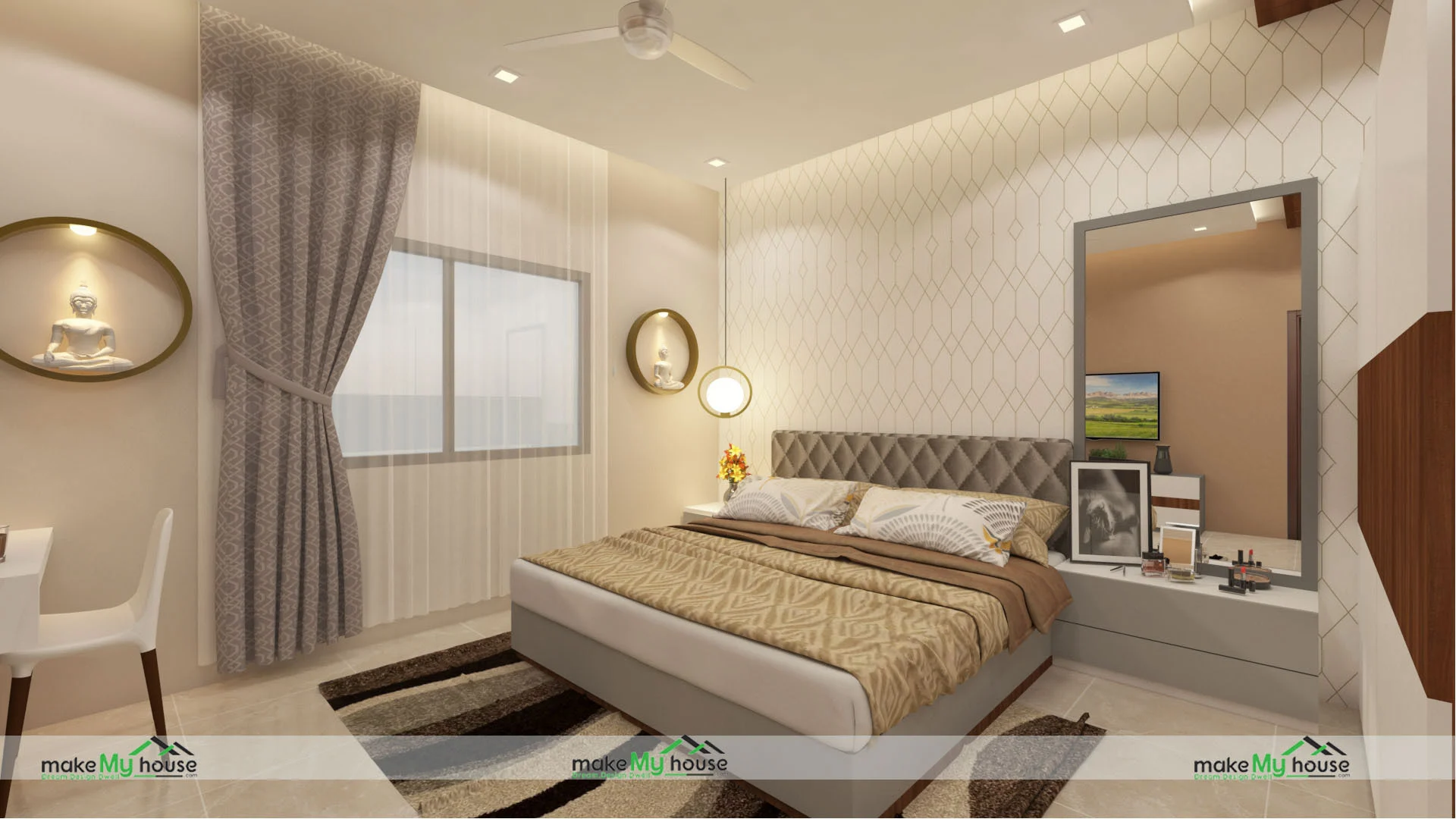
FAQs about Indian home designs
Q: What are some key elements of Indian home designs that emphasize aesthetics and functionality?
A: Some key elements include courtyards, verandas, intricate woodwork, natural light and ventilation, furniture and decor choices, color palettes, and space optimization techniques.
Q: How can I incorporate traditional Indian aesthetics into a modern home design?
A: You can integrate traditional elements like jali work, carved wood details, and vibrant textiles into modern designs. Focus on select pieces and color schemes to create a balanced fusion.
Q: What role does Vastu Shastra play in Indian home designs, and how can it be balanced with functionality?
A: Vastu Shastra guides the layout and orientation of a home for positive energy flow. Balancing it with functionality involves optimizing the layout to ensure comfortable living while respecting Vastu principles.
Q: What are some contemporary design trends in Indian homes that prioritize both aesthetics and functionality?
A: Contemporary trends include open-concept layouts, minimalist designs, modular furniture, and the integration of sustainable and eco-friendly features into the design.
Q: Are there specific architectural styles in India that prioritize aesthetics and functionality in home design?
A: Architectural styles like Kerala, Mughal, and Rajasthani designs often prioritize aesthetics and functionality. They incorporate elements like courtyards and verandas for both visual appeal and practical use.

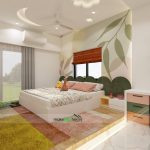




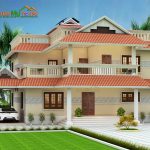
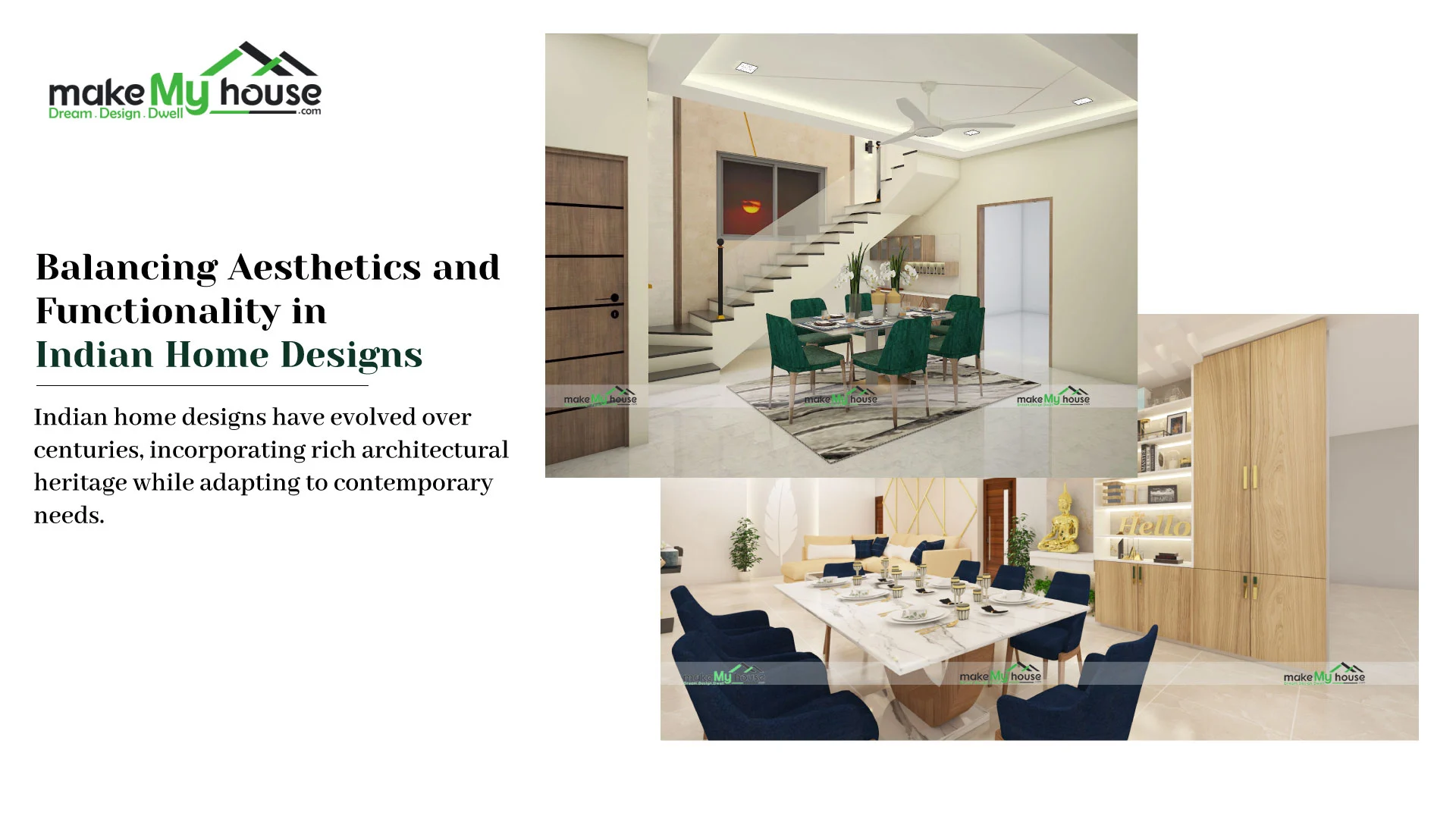
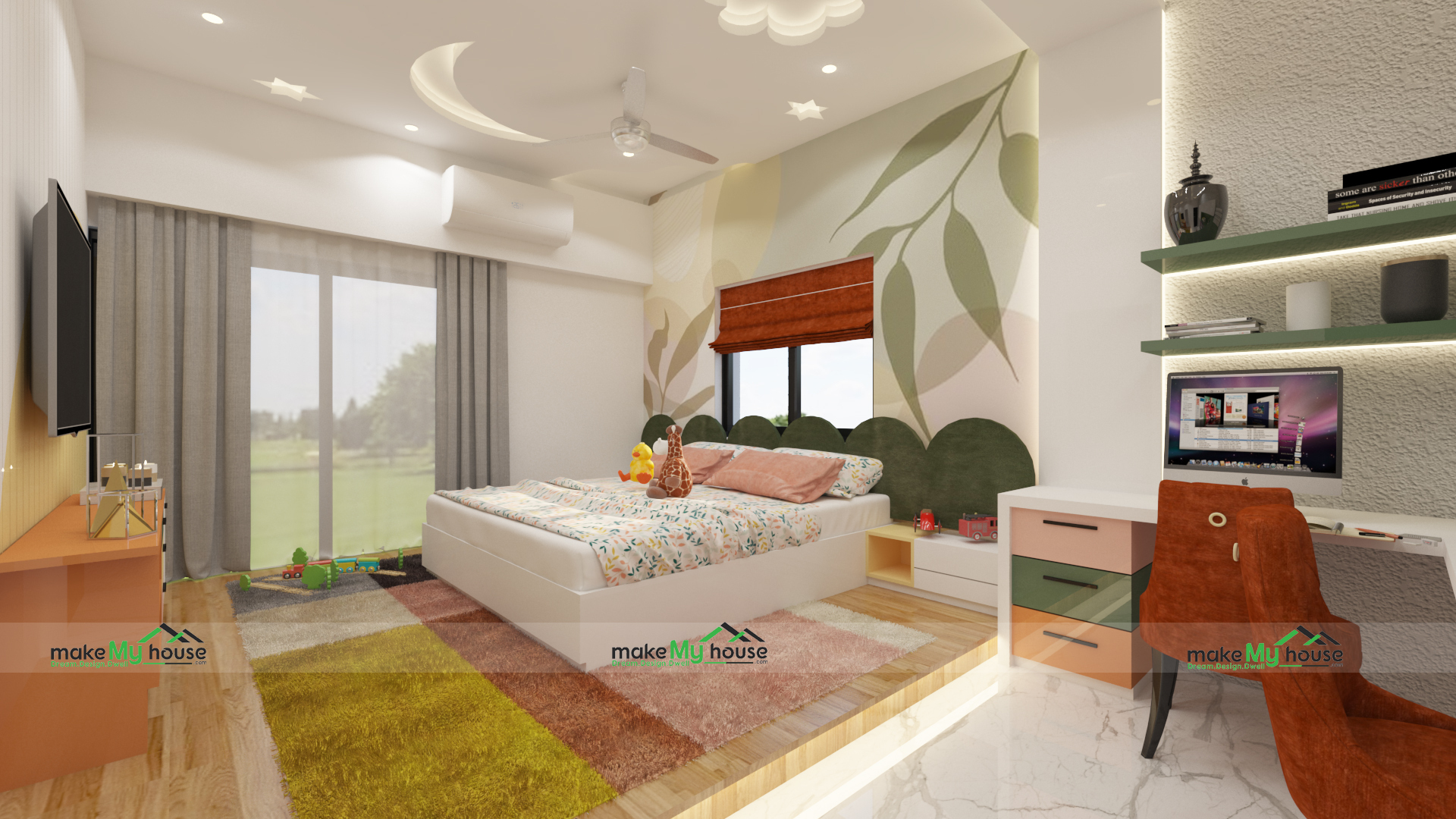
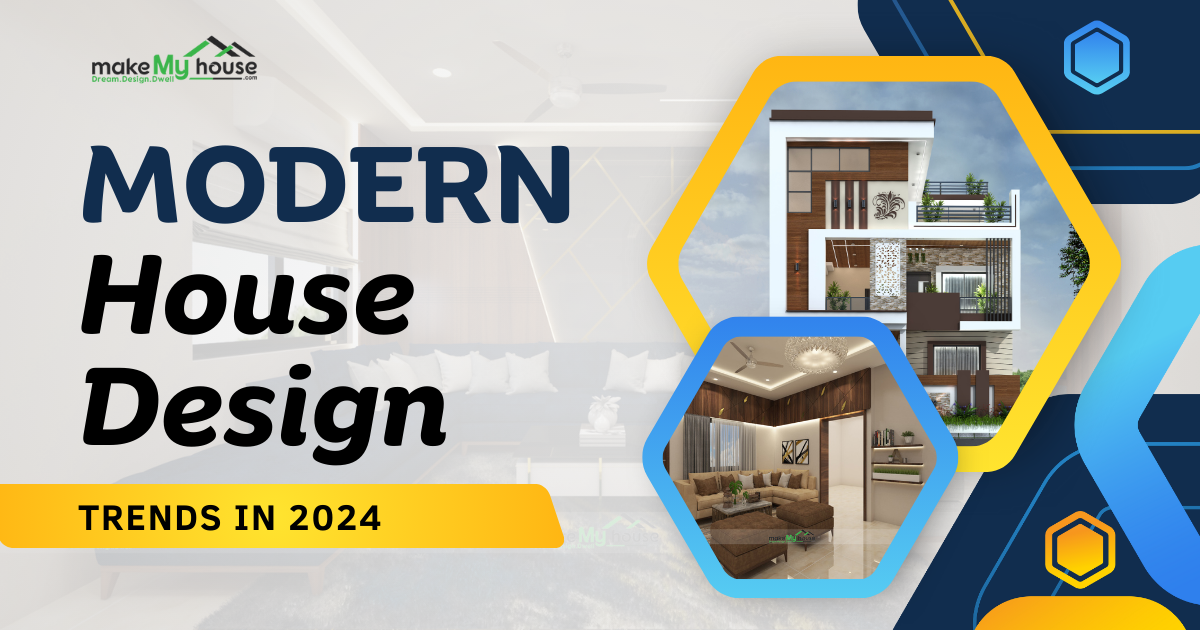
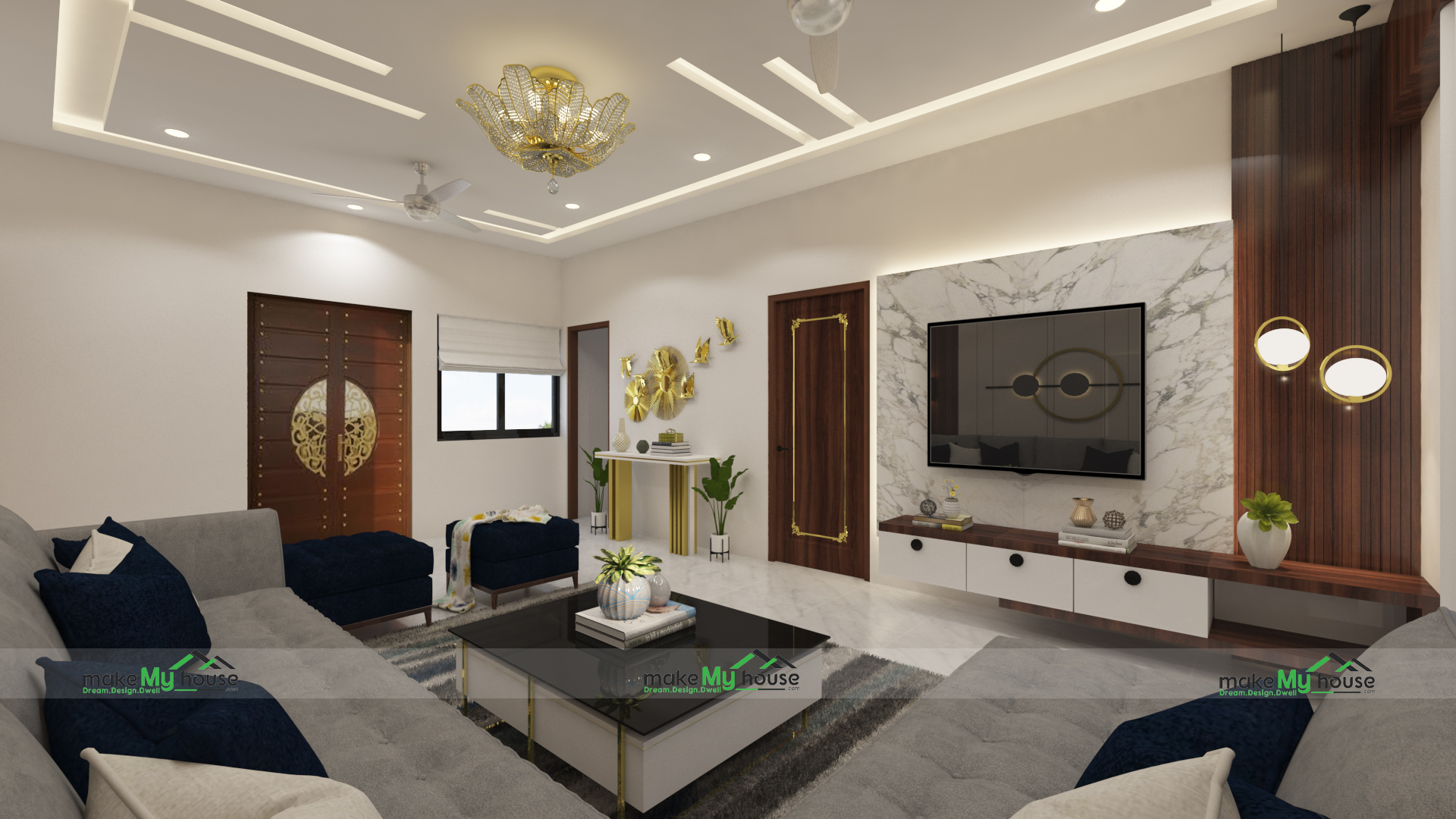
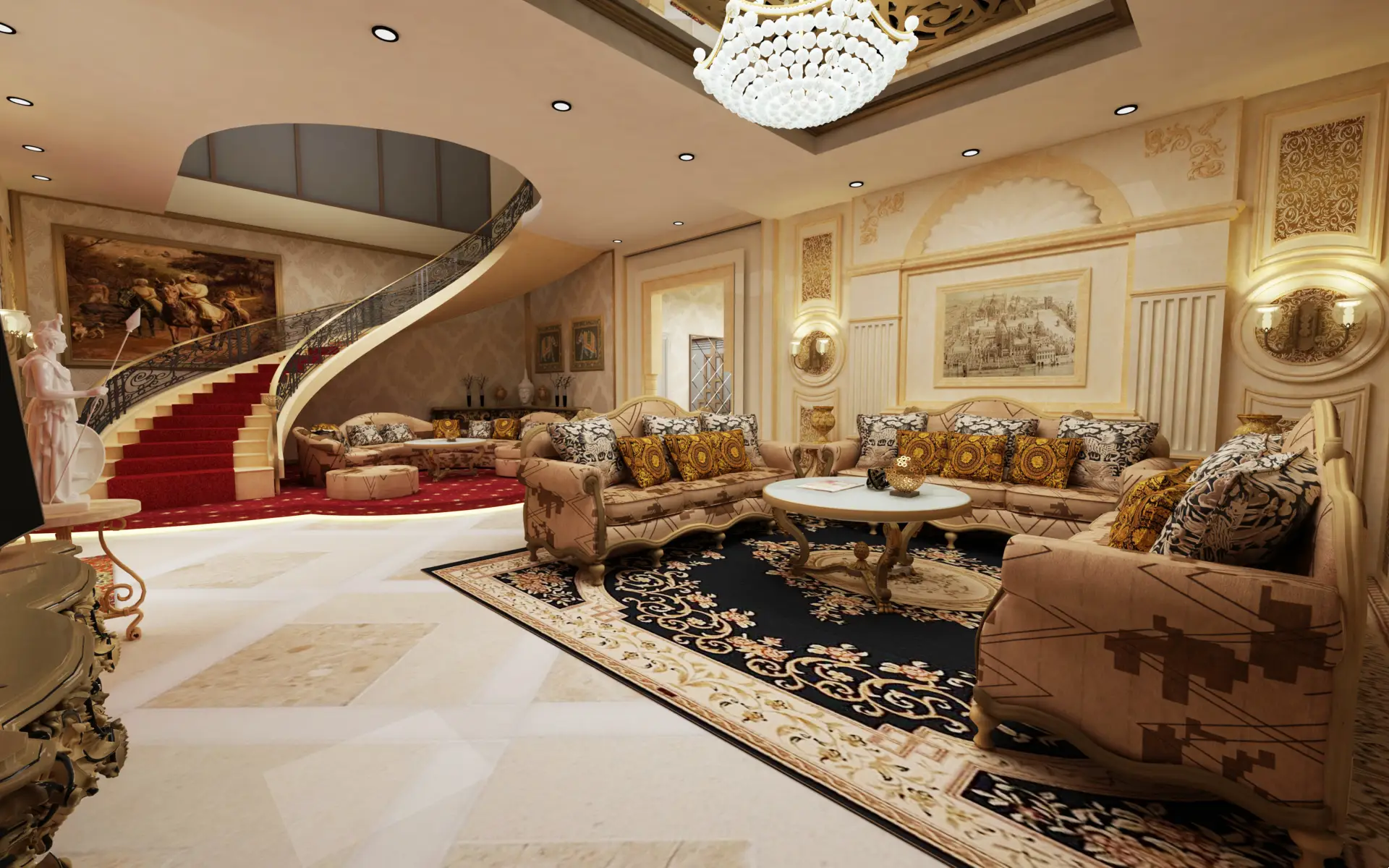
One thought on “Balancing Aesthetics and Functionality in Indian Home Designs”